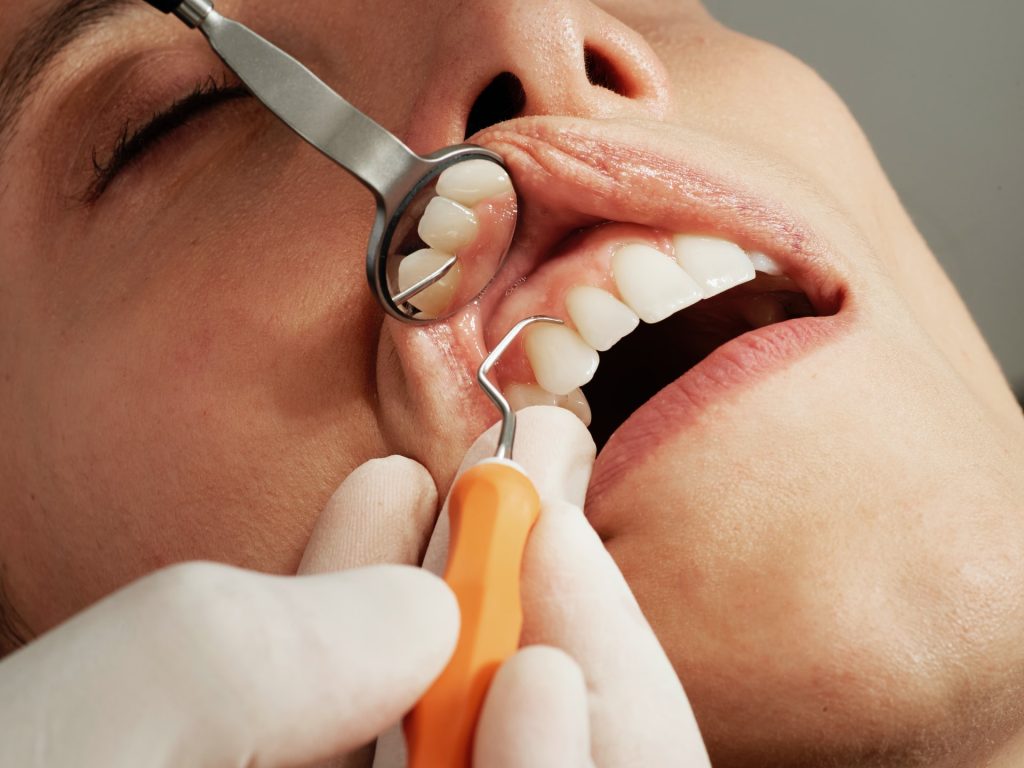Celiac Disease: New Findings on the Effects of Gluten

May 16 is International Celiac Day. Celiac disease is a chronic autoimmune condition that occurs in around 1% of the world’s population. It is triggered by the consumption of gluten proteins from wheat, barley, rye and some oats. A gluten-free diet protects celiac patients from severe intestinal damage. Together with colleagues, chemist Dr Veronica Dodero from Bielefeld University was able to determine new details on how certain gluten-derived molecules trigger leaky gut syndrome in celiac disease.
The key finding of the study: a particular protein fragment formed in active celiac disease forms nanosized structures, the so-called oligomers, and accumulates in a gut epithelial cell model. The technical name of the molecule is 33-mer deamidated gliadin peptide (DGP). The study team has now discovered that the presence of DGP oligomers may open the tightly closed gut lining, leading to the leaky gut syndrome. The study has now been published in the journal Angewandte Chemie.
Wheat peptides causing leaky gut
Gluten proteins cannot be completely broken down by the gut. This can lead to the formation of large gluten fragments (peptides) in our gut. In cases of active coeliac disease, researchers discovered that the enzyme tissue transglutaminase 2 (tTG2) present in humans modifies a specific gluten peptide, resulting in the formation of the 33-mer DGP. This usually happens in a part of our gut called the lamina propria. However, recent research has shown that this process can also occur in the gut lining.
‘Our interdisciplinary team characterized the formation of 33-mer DGP oligomers through high-resolution microscopy and biophysical techniques. We discovered the increased permeability in a gut cell model when DGP accumulates, reports Dr. Maria Georgina Herrera, the first author of the study. She is researcher at the University of Buenos Aires in Argentina and was a postdoctoral fellow at Bielefeld.
When the intestinal barrier is weakened
Leaky gut syndrome occurs when the lining of the intestine becomes permeable, allowing harmful substances to enter the bloodstream, leading to inflammatory responses and different diseases. In celiac disease, there’s debate about the early stages of increased permeability. The mainstream theory suggests that chronic inflammation in coeliac disease leads to a leaky gut. However, there is a second theory that proposes that gluten’s effects on gut lining cells are the primary cause. In this view, gluten directly damages the cells of the intestinal lining, making them permeable, which triggers chronic inflammation and potentially leads to celiac disease in predisposed people.
However, since gluten is consumed daily, what molecular triggers lead to the leaky gut in celiac disease patients? If 33-merDGP oligomers are formed, they may damage the epithelial cell network, allowing gluten peptides, bacteria, and other toxins to pass massively into the bloodstream, leading to inflammation and, in celiac disease, autoimmunity.
‘Our findings reinforce the medical hypothesis that impairment of the epithelial barrier promoted by gluten peptides is a cause and not a result of the immune response in celiac patients,’ says the lead author of the study, Dr Veronica Dodero from the Bielefeld Faculty of Chemistry.
The relationship between 33-mer DGP and Celiac Disease
Human leukocyte antigens (HLAs) are proteins found on the surface of cells in the body. They play a crucial role in the immune system by helping it distinguish between self (the body’s own cells) and non-self (foreign substances like bacteria or viruses). In celiac disease, two specific HLA proteins, namely HLA-DQ2 and HLA-DQ8, are strongly associated with the condition. The 33-mer DGP fits perfectly with HLA-DQ2 or HLA-DQ8 and triggers an immune response, leading to inflammation and small intestine villous atrophy. This strong interaction turns the DGP into what scientists call a superantigen. For those affected, a gluten-free diet is the only lifelong therapy.
Source: Bielefeld University


